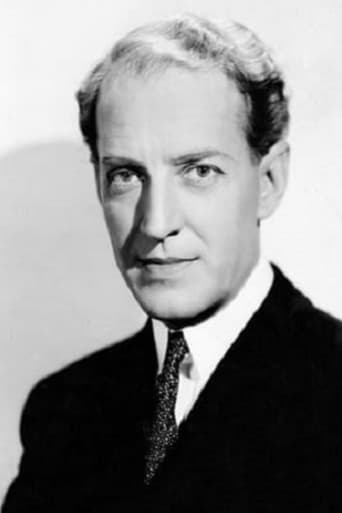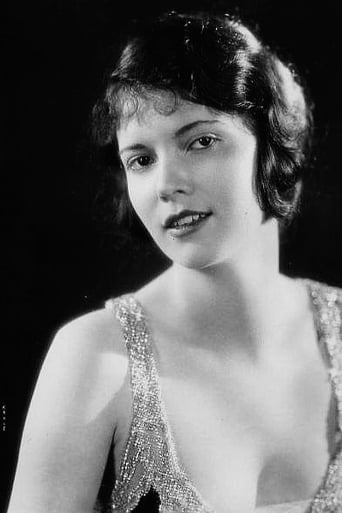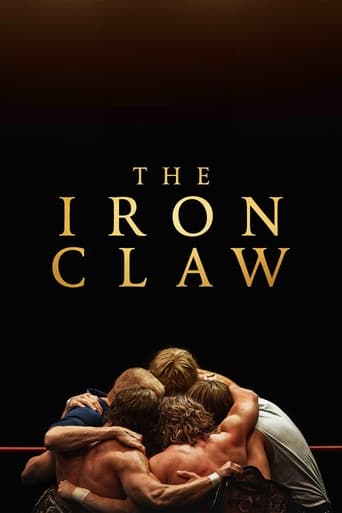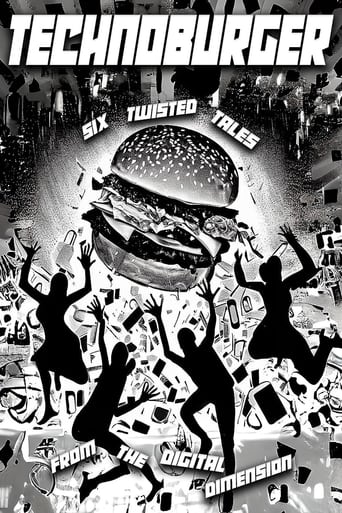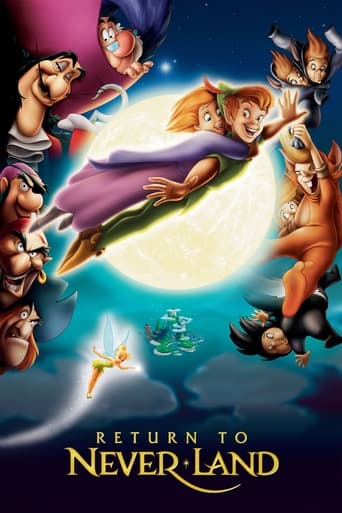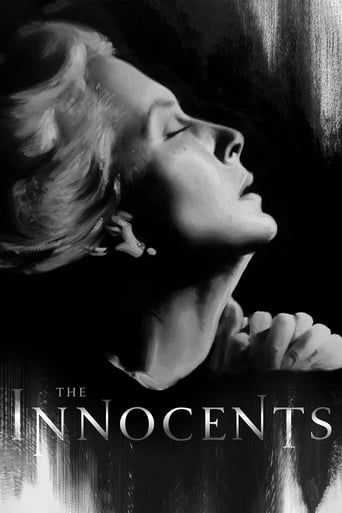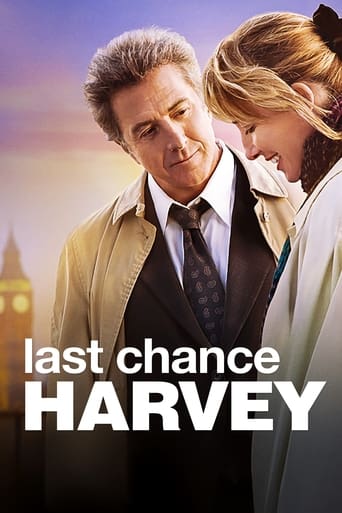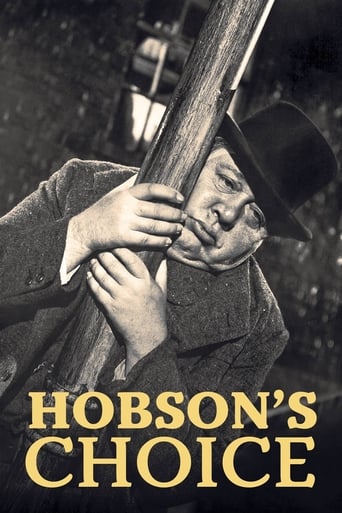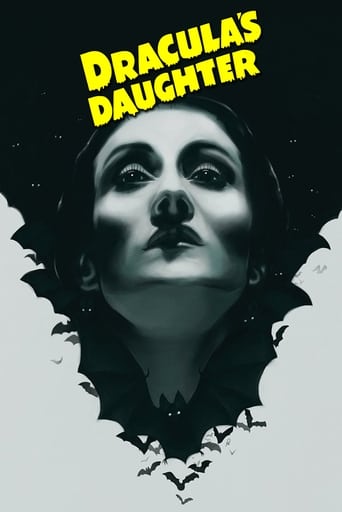
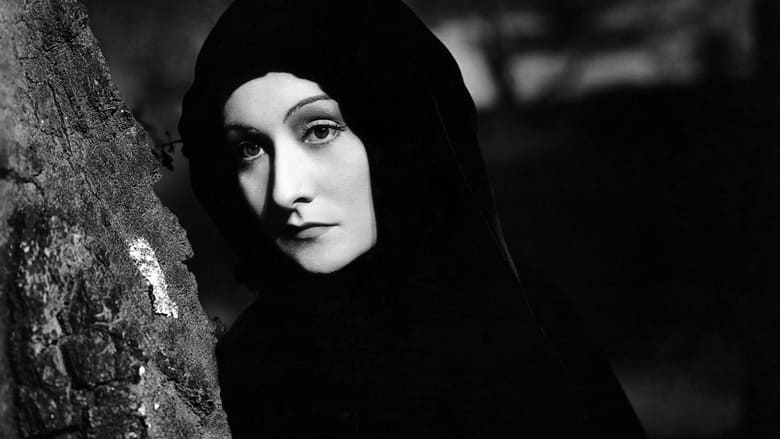
Dracula's Daughter (1936)
A countess from Transylvania seeks a psychiatrist’s help to cure her vampiric cravings.
Watch Trailer
Cast
Similar titles
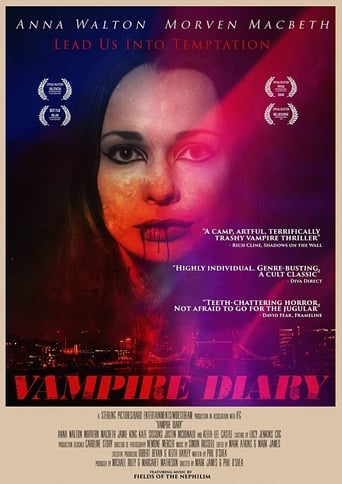
Reviews
Too much of everything
Memorable, crazy movie
Don't Believe the Hype
This is one of the best movies I’ve seen in a very long time. You have to go and see this on the big screen.
She prefers women victims, but kills at least one man anyway. So let me get this straight: She has daintier, smaller incisors as a female vampire? Also please explain this to me: How does a vampire control whether their blood donor joins the Undead or just outright dies? Let's hope it doesn't involve sexual favors, as yes, someone did actually make a bad "sequel" called "Dracula's Dog". (Yikes!) Somewhat humorous with touches of bumbling cops, unbelieving detectives, and ditzy blondes. Not as stagy as the original "Dracula" and the action somewhat resembles a typical "Universal" Monster Classic. The brooding, cloudy, artificial Universal sky. The Transylvanian villagers all speak English and appear clueless yet are 2 pages ahead of the script! The evil "protagonist" could have been anything from Jack the Ripper to the Wolfman as the basic story goes. Especially the poor reluctant ghoul that finally decides that it's good to be the monster, as she gets to choose her 1000-year-prom date. No bloodiness to speak of and nobody turned into a skeleton at the end. That's disappointing! Be sure to see "The Son of Dracula" as it is considered (by some) to be the 3rd part of the Original Dracula "Trilogy". I don't agree.
Beginning just after the events of "Dracula" (1931), "Dracula's Daughter" has Countess Zaleska, Dracula's daughter, stealing her father's corpse from the Scotland Yard to burn it in hopes of destroying a familial curse. However, events do not go as planned, and Countess Zaleska finds herself succumbing to the thirst only quenched by the vein.This dreary and downbeat sequel to the gargantuan Universal monster classic is one of the studio's unsung pictures, little-seen but loved by those who have. It's a slow-paced and relatively uneventful film, but is a masterful work of suggestion. I'll leave film theory and psychoanalysis out of the review, as it's so often the context under which this film is discussed—but I will say that the film, while in direct conversation with the Stoker narrative, seems to be reaping the feminine horrors of Sheridan Le Fanu's preeminent vampire novel "Carmilla" to a greater extent.The tone of the film is also unusual in that the narrative approach is sympathetic to the monster— something of a first. Anne Rice has mentioned seeing the film as a child and referenced it as an influence on her writing, and it's very evident. In spite of the film's low budget, the cinematography is dazzling, and there are some phenomenal outdoor sequences bathed in fog. Gloria Holden's performance as the distant Countess is fantastic, with a fine performance from Otto Kruger as a therapist who plays a key role. Nan Grey also has a memorable part as a diffident art model for the Countess.Overall, "Dracula's Daughter" is a fantastic film for a variety of reasons, but the most compelling thing about it is that it seems to wallow in its own atmosphere to an extent that is rather rare. It's a somber and unassuming offering that is as thematically rich as its predecessor, and in some ways visually exceeds it. 9/10.
Five years after Universal launched a Bela Lugosi inspired Dracula upon the film loving world, the sequel arrived - only not with Lugosi's Count Dracula in it. Pic picks up at the end of the 31 film and finds Von Helsing (yes Von, not Van) under arrest for the slaying of the toothy vampire. Enter Contessa Marya Zeleska, who sets in motion the wheels of vampiric legends and torrid passions about to be exposed.There's an ethereal low-key mood to Dracula's Daughter, exuding the sort of atmosphere that Val Lewton would hone and trademark within six years. It's a beautifully photographed movie (George Robinson), while there's some neat touches in the screenplay - such as lesbian overtones and the fact our vampire lady is very sympathetic due to her searching for a cure to her ills. However. The play is over talky and very bloodless, it's like the makers forgot to actually put some horror aspects into the piece. There's also an odd blend of humour and drama which never sits right, while the ending is abrupt and disappointing.It's a nice film, a nice production, but nice is a word that really shouldn't be on your lips given the history of the source materials. 6/10
"Dracula's Daughter" is an endlessly intriguing film. It is, in many ways, very ahead of its time. The film gets a lot of notice for being the very first lesbian vampire on-screen. It also has got to be one of the earliest sympathetic vampires. Countess Zaleska is the main character of the film. She wants nothing to do with her father's legacy and instead longs to live a normal life. However, she is uncontrollably driven by her nature to feed on the blood of the living. The entire movie is driven by her struggling with two conflicting desires. The fate of the film lies on whether she chooses to be good or evil. This is thoroughly modern stuff, the kind of thing modern horror novels are built on.The extremely good cast helps. Gloria Holden has a captivating face, with wide expressive eyes. Her broad voice conveys the proper amount of aristocratic lineage. Her performance is surprisingly subtle. I suspect with an actress of her type, it would have been very easy to go over-the-top so she wisely plays it in the opposite direction. Her performance informs that entire film, which is generally a low-key, character-oriented affair.If Countess Zaleska is struggling with her nature, Irving Pichel's Sandor is strictly Mephistophelian figure. Perhaps conceived as a Renfield-like figure, Sandor instead constantly beckons Zaleska to the dark side. In the last reel, we discover this is strictly because he was promise the gift of eternal life in return for being the vampire's helper. When she goes back on the deal, he doesn't take it well.The movie is primarily a character study but, good as the film is, it still has to find time for the genre conventions of the era. Otto Kruger plays the movie's leading man, Jeffrey Garth, a psychologist who is positioned at the center of the Countess' moral battle. It's not a bad performance, Garth is actually fairly charming, but the love and obsession the vampire develops with him never really carries. The slap-slap-kiss-kiss back-and-forth Garth has with his secretary, played by Marguerite Churchill, occupies way too much of the film's time. The two sell the slap-slap part but not so much the kiss part. The two people seem to genuinely hate each other.The movie functions as a horror film too. The early scene of Holden cremating her father's corpse and exorcising the demons inside continues the first film's tradition of English fog and black-and-white atmosphere. The most famous moment in the movie, where a young woman is brought off of the streets to model for the bisexual vampire, slowly becoming aware of the danger she is in, draws tension out exceedingly well. When the vampire finally strikes, the camera cuts from a woman's screaming face to an African tribal mask hanging on the wall."Dracula's Daughter" would actually be a good candidate for a remake. A new version of the film could focus squarely on the Countess' struggle with her own nature, excising all the unnecessary comic relief and romantic subplots. The original is a surprisingly deep, underrated part of the Universal Monsters canon.

